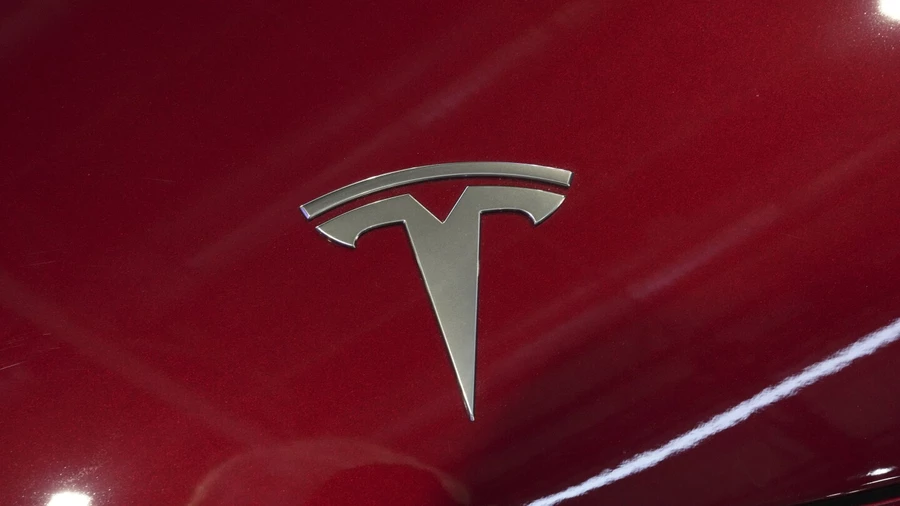Tesla Reports First Annual Sales Decline Since 2011
In a significant shift for the electric vehicle giant, Tesla has reported its first annual sales decline since 2011. Despite a slight uptick in global vehicle sales during the fourth quarter of 2024, it wasn’t enough to offset the sluggish start to the year. The company delivered a total of 1.79 million vehicles in 2024, marking a 1.1% decrease from the previous year.
The fourth quarter saw a 2.3% increase in sales, driven by incentives such as 0% financing and free charging offers. However, analysts anticipate that these promotions may lead to a drop in average sales price, potentially impacting future earnings. Following the sales report, Tesla’s stock fell 6.1%.
Tesla’s challenges extend beyond sales figures. The company faces increased competition from both established automakers and startups, particularly in key markets like China, Europe, and the United States. Its aging model lineup, with limited new consumer models introduced since 2020, has struggled to attract mainstream buyers who have concerns about range and price.
Financial analysts had expected higher fourth-quarter sales than what Tesla achieved. The discounts offered to boost sales have affected the company’s profit margins, though some analysts still view Tesla as a leading disruptive technology company in the automotive sector.
Looking ahead, Tesla’s future growth may depend on expanding its lineup. The potential introduction of a new, more affordable Model Y could help attract mainstream buyers. However, the company needs to address its limited range of models to maintain growth in an increasingly competitive market.
Political factors may also be influencing Tesla’s performance. CEO Elon Musk’s political stances have potentially alienated some environmentally conscious buyers, highlighting the need for a broader and more affordable lineup to appeal to a wider consumer base.
On the global stage, Tesla faces intense competition, particularly from Chinese automakers like BYD. While EV sales in the U.S. are growing, the rate of growth has slowed compared to previous years. Tesla’s sales continue to be primarily driven by its Models 3 and Y, with limited sales of higher-end models.
In terms of production, Tesla’s fourth-quarter output was below total deliveries. Despite these challenges, the company narrowly maintained its position as the leading EV maker globally, surpassing BYD’s sales figures.
As the electric vehicle market continues to evolve, Tesla’s ability to adapt to changing consumer preferences and market dynamics will be crucial in determining its future success and market position.




 By
By




 By
By
 By
By
 By
By
 By
By







